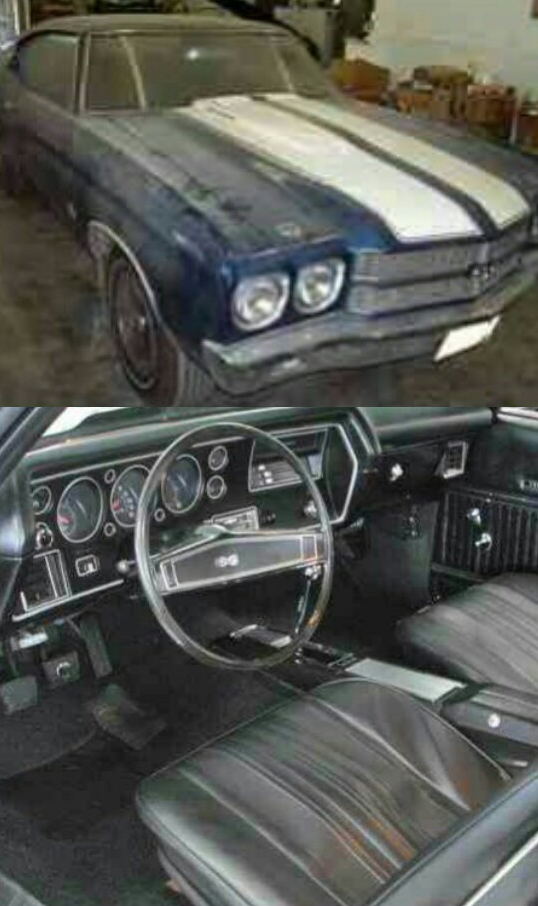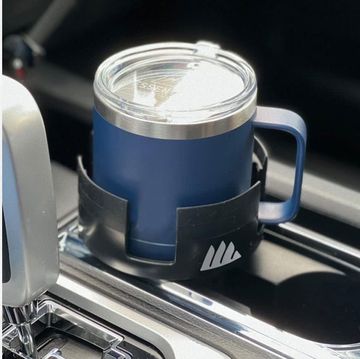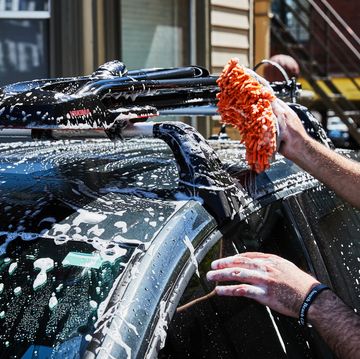It's a lot more fun to buy a car on Craigslist than it is to sell one. But buying comes with plenty of its own pitfalls—even if you avoid cashier's checks and bank wires to Nigeria. Fortunately, many brave auto-buying pioneers have forged a reliable path to success when looking for online auto wares.
Here are some tips that keep your internet car-buying dreams from being run off the road.
Find Your Car
The first step is starting with an aggregator like AutoTempest to search all Craigslist listings. This is much quicker than searching manually, even if there are lots of dead links. Just beware that AutoTempest makes it all too easy to talk yourself into ideas like, "yeah, maybe 800 miles isn't that far away."
If you find a car online from a dealer, check to see if the dealer has a website (or, in the case of the really small operators, a Facebook page). Also check whether the website price matches the Craigslist listing. If not, negotiate from the lower number.
Now to dispel a popular myth: The truth is, sometimes dealers can be cheaper because they simply don't know what they have. Perhaps they bought a car at an auction but are unaware that it has an ultra-rare option. Take the 1993-1997 Toyota Land Cruiser. Most private sellers will state up front whether their car has the coveted locking differentials. Dealers seldom care because they can't know every single detail of every car they sell. So if you're looking for a specific feature, a dealer could be the way to go.
But if the listing includes in-the-know jargon like model codes ("E39" BMW 540i), that can be a bad sign—the dealer actually knows what they're talking about.
Filter Out Scams
The first thing to look for is a location. If there isn't one specified in the ad, send an email to see whether the seller will disclose the location. If they respond with a story, but still don't offer up a location, it's a scam.
Here are some more hints that you maybe have just entered the scam zone:
- A price that's way too low
- A photo that clearly doesn't match supposed location (mountains in Miami?)
- A price that's bizarre ($1,523)
- Grammar mangled beyond even the typical Craiglist norm
- A personal e-mail address pasted into the main photo—nobody does that
- A listing that's been active for only a few minutes. The scammiest listings tend to be the newest because they haven't been flagged yet.
Here's an example: This 2006 Jetta GLI has been popping up on Craiglist in Charlotte, NC (pictured above). The ad meets most of the above criteria, with a $1,500 asking price that's about a third of what the car actually should cost. A Google Image search turns up the same Jetta on a site called Autozin—everyone sells their car on Autozin, right?—with a location listed as "Echo Lake Road, Alaska." The listing is also five months old. This guy must be having quite a tough time selling this Jetta.
Close the Deal
It's best to start the conversation over e-mail, but switch to phone calls once you're serious about buying. Asking questions in real time will help you get a sense of the seller's motivation (and possibly veracity). Picking up the phone also helps to establish you as a serious buyer rather than a time-wasting texter.
I once had a seller proactively drop the price $350 once he realized he was talking to someone who would actually come buy his truck. That doesn't happen over text or e-mail. In another case, a phone call revealed that an almost-too-good deal was probably actually for real, which brings us to our next point.
If you're convinced you've found a car that you want, go get it. Don't wait. For example, I once found a 1970 Chevelle SS396 4-speed, seen here, for $9,900. The seller wasn't sure if it ran, and the owner passed away with no family and his brother-in-law was flying in to sell it. It all sounded legit, but if you waver on something like that, you inevitably regret it.
Once you've decided to commit, you now have to worry about the pick-up, so make sure you work out the conditions of the sale before you meet. Not just price, but whether the seller is keeping any accessories. I once bought a truck with a front bumper made out of a guardrail, and the seller wanted to keep that. Well, OK.
Always pay in cash. Unless you're doing big money and a bank wire, that's still how a transaction goes down. You'll probably need to notarize the title anyway, so go with the seller to a bank and hand over the cash at the same time you get the title.
Remember, public places are good places, and bringing along a friend is even better. Also some police departments offer safe zones for conducting online transactions, that can also work in a pinch. Here are two scenarios to avoid: Once, when selling a car, I found myself with the buyer (whom I'd just met), riding through a sketchy neighborhood with $14,000 cash in my pocket. I also once accepted a personal check for my 1979 BMW in a McDonald's parking lot. Don't be me.
After all that, try to enjoy your new ride—until you have to start this process all over again.
Ezra Dyer is a Car and Driver senior editor and columnist. He's now based in North Carolina but still remembers how to turn right. He owns a 2009 GEM e4 and once drove 206 mph. Those facts are mutually exclusive.
















